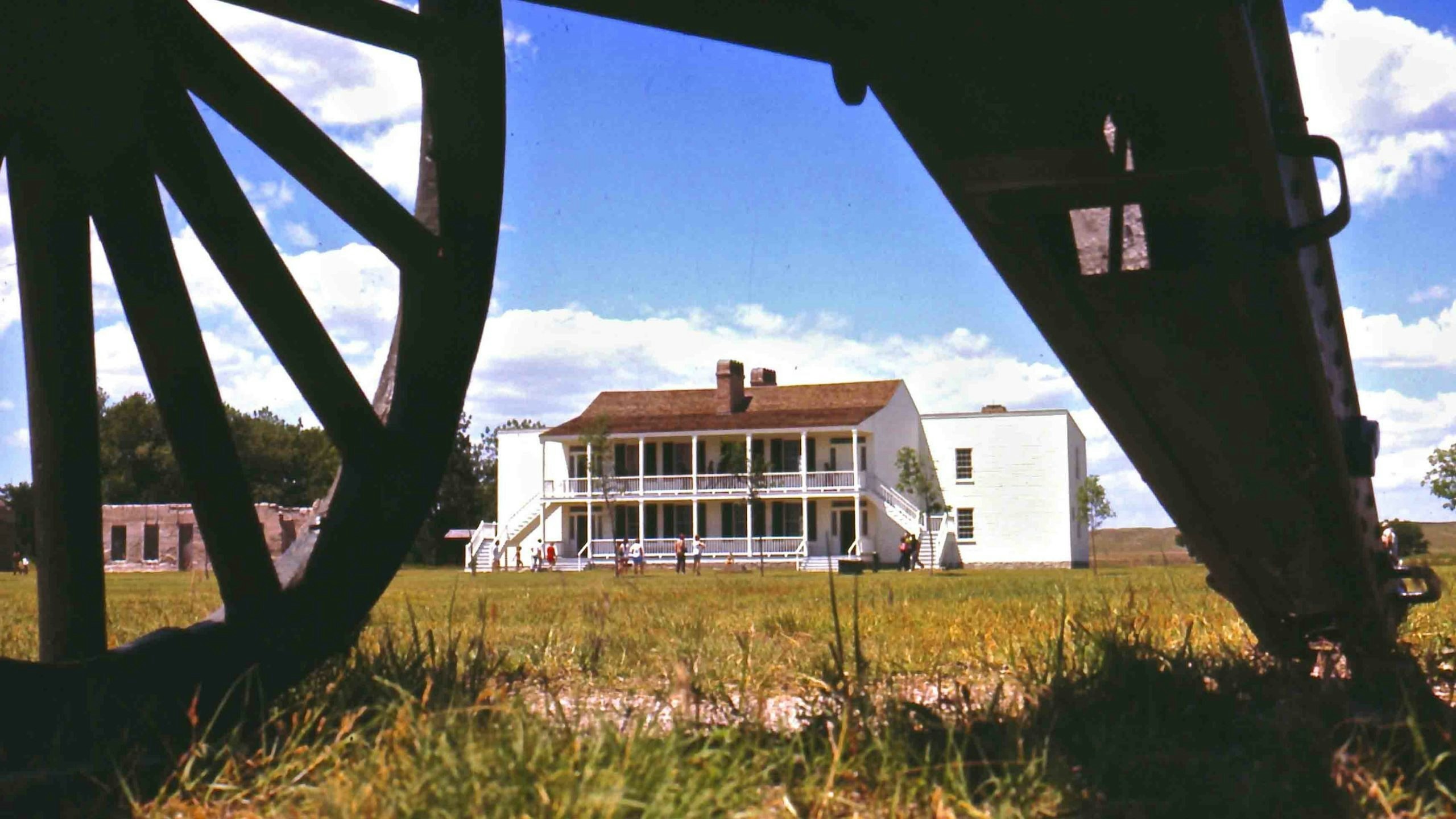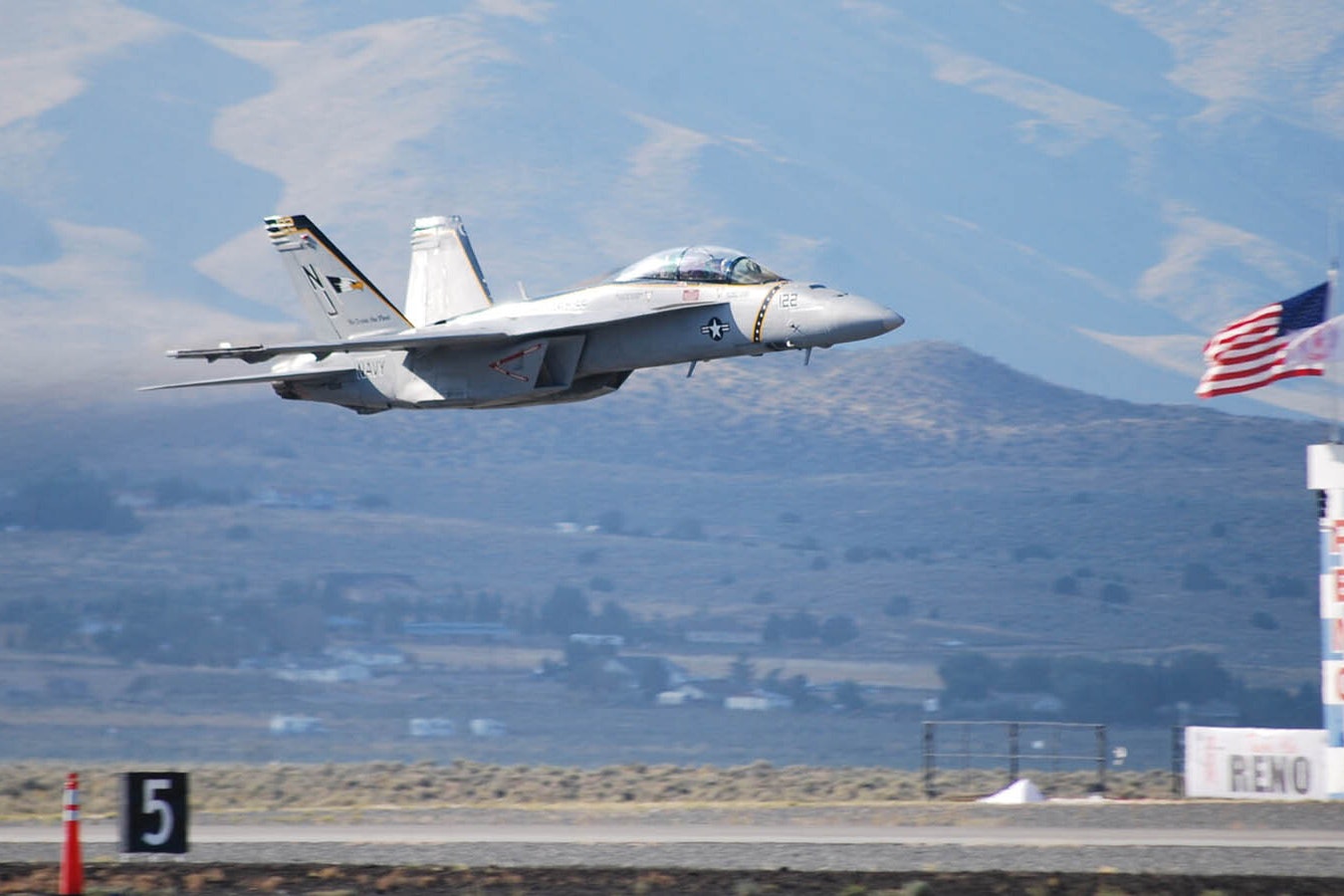By Randy Wagner
FORT LARAMIE – For more than five decades, Fort Laramie, in Goshen County, was the center of the western frontier universe.
In today’s modern life, it might be hard to imagine this high-plains location as the center of anything. But it sure was. Its history makes it one of the most significant places in Wyoming.
Its beginning was a small operation in the middle of a gigantic and empty frontier populated by Native Americans and mountain men.
The original fur trading post was established near the junction of the Laramie and North Platte rivers in 1934 by mountain men William Sublette and Robert Campbell. Named Fort William in honor of Sublette, the establishment was soon sold to Tom Fitzpatrick’s Rocky Mountain Fur Company and again, in 1836, to John Jacob Astor’s American Fur Company.
The cottonwood log structure was replaced with a more substantial adobe brick walled construction and renamed Fort John on the Laramie. It became the hub of the fur trade industry east of the Rocky Mountains and the social and economic center for members of the Sioux Nation.
It was known to all as simply Fort Laramie.
In the spring 1841 the first emigrant wagon train of westering pioneers arrived at Fort Laramie. They were following the older fur trade trail from the Missouri River and were a third of the way into their six-month journey to Oregon and California.
Fort Laramie was the first hint of civilization they had seen since leaving “the states,” and they used the opportunity to rest and re-supply. A few hundred-thousand more, following what would become popularly known as The Oregon Trail, would do the same in the years to come.
The United States Government purchased Fort Laramie in 1849, turning it into a military post for the “protection and refurbishment” of the emigrants.
Army engineers immediately set to work re-building Fort Laramie for the third, and final, time, deconstructing old Fort John in the process.
During the 1850s and 1860s Fort Laramie became a key link in the California Gold Rush, the Overland Stage Line, the Pony Express and the Transcontinental Telegraph. It was the jumping-off point for gold seekers on the Bozeman Trail and hosted major treaty councils between the Government and the Plains Indian tribes.
When the treaties failed, or were broken, Fort Laramie became the staging area for the major campaigns in Red Cloud’s War and the broader High Plains Indian War that raged throughout the region during the 1870’s.
The ultimate refusal of Red Cloud and Sitting Bull to give up the Black Hills and submit to the Government’s reservation system led to the Great Sioux Campaign of 1876, based out of Fort Laramie. The Fort also became a home station on, and protector of, the Cheyenne-Deadwood Stage Road that connected the gold fields in the Black Hills with the new transcontinental railroad in Cheyenne.
As the High Plains Indian Wars were resolved and traffic on the old emigrant trails faded away in favor of the railroad, Fort Laramie’s long and colorful day in the sun grew dim. By 1890 the western frontier was just about closed and Wyoming Territory became the 44th State of the Union. The post was decommissioned, abandoned and sold at public auction.
For the next 37 years Fort Laramie was more or less forgotten as the new town of Fort Laramie grew up beside the railroad several miles to the north.
In 1927 the Wyoming Historic Landmark Commission re-discovered the old Fort and purchased the land and the remaining buildings. Ten years later the place was donated to the Federal Government. On July 16, 1938, President Franklin Roosevelt designated Fort Laramie as a National Monument.
Today it is a National Historic Site administered by the National Park Service. Many of its historic structures have either been stabilized or restored to their mid-19th century condition. It is open daily but closes at 4:30 p.m.
America’s western frontier comes alive and is well presented at Fort Laramie.
(Note: Randy Wagner is a nationally-known photographer and historian. He is also a former director of the Wyoming Travel Commission. He lives in Cheyenne.)





